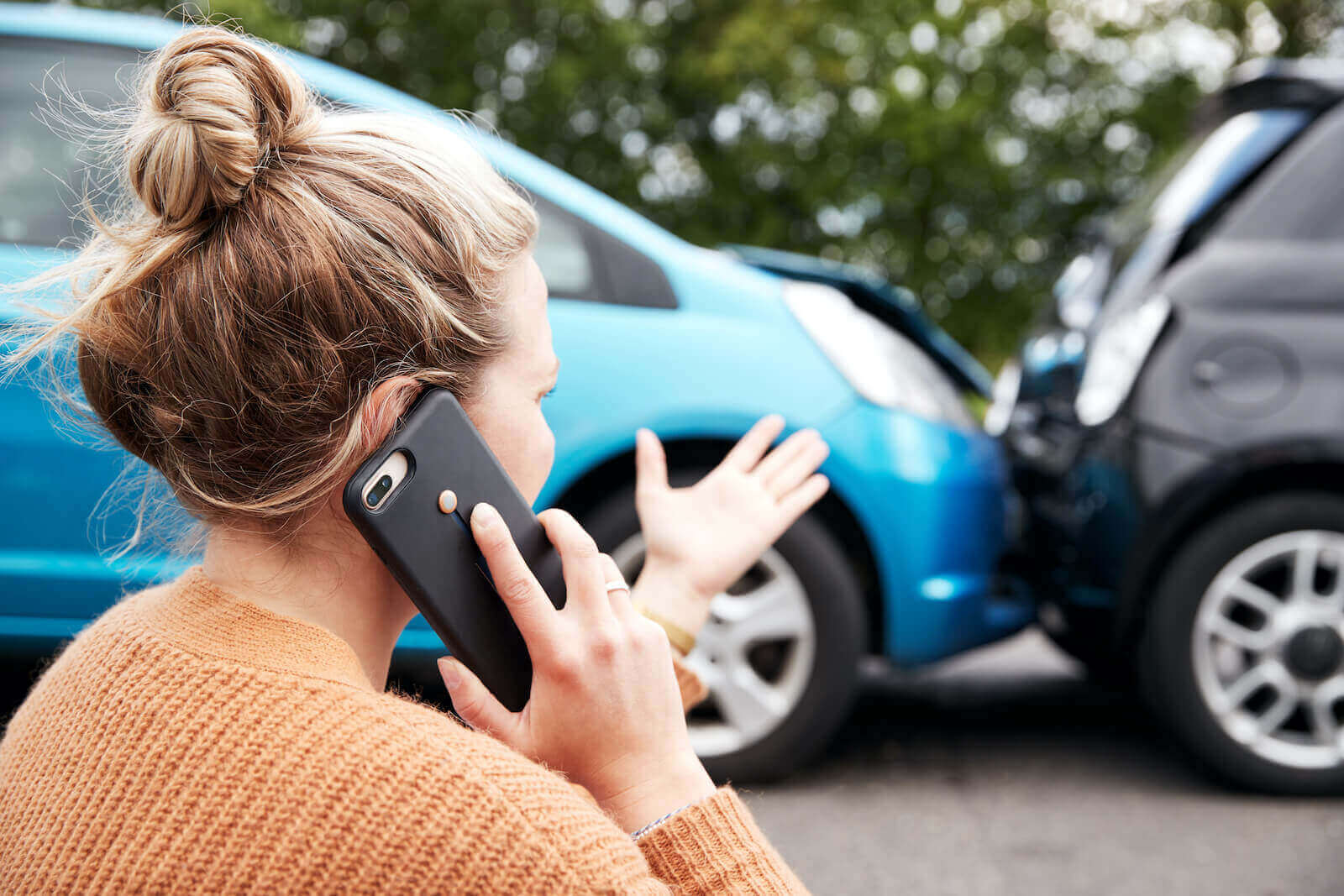Determining car accident liability is no easy feat. With various legal components, such as statutes, common law, and torts, it’s challenging enough. But the process can be downright unbearable when you add insurance companies’ ability to obscure the truth and issue settlements for less than what you deserve.
This article discusses the various aspects that determine who is liable for car accident claims. It begins by notifying the reader of the steps they should follow after an accident and then discusses the various factors that determine fault in a car accident, such as negligence and liability issues.
The Paul Wilkinson Law Firm is a respected, experienced car accident and personal injury law firm in Denver issuing sound legal advice to help you navigate the difficulties following an accident. No one ever wants to deal with insurance companies, especially if you’re recovering from an injury and you’ve sustained financial damages. Continue reading to learn all there is to know about determining fault in car accident claims and how an experienced attorney can guide you through the legal labyrinth.
Table of Contents
What to Do After an Accident
If you’re involved in an accident, there are standard procedures to follow regardless of who you think was responsible. Following these procedures ensures correct documentation and fair compensation. It also prevents you from admitting undue liability.
Following an accident, you should call the authorities, exchange information with the other driver, discuss the incident with witnesses, contact your insurance companies, take pictures of the scene, have professionals conduct property damage evaluations, and document your medical treatment.
Of course, committing to these procedures might not always be possible depending on your injuries. However, the more you can document, the more likely you will save yourself headaches throughout the legal process.
Some additional actions that can reduce liability include:
-
- Staying on-scene after the accident.
- Checking on all passengers and drivers.
- Refraining from giving statements.
Fault and Liability for Auto Accidents
Numerous factors contribute to determining fault after a car accident, and most aren’t obvious. The common law definition of “fault” often doesn’t directly correlate with who is actually responsible for an auto accident. On the contrary, the fault often deals with insurance statuses, statutes, and the particulars of each case.
Statutory Guidance for Car Accident Liability
In the past, insurance companies have lobbied lawmakers to favor car vehicle statuses when determining fault rather than common law. This makes it easier for insurance companies to challenge fault and liability when drivers violate a traffic law, even if it is tangential to the accident itself.
For example, a motorist gets hit by another driver while making a legal left turn. However, they were speeding. In this case, the court might deem the speeding driver at fault even though they didn’t necessarily cause the accident. These types of examples exemplify the complexity of determining fault in car accident cases. It’s not always as simple as referring to common law to determine fault.
Car Accident Liability and Common Law
When the court does decide fault using common law, it considers the following four components:
-
- Negligence
- Recklessness
- Intentionality
- Strict Liability (regardless of fault)
Negligence refers to careless or inadvertent conduct that causes an accident, and it is one of the most common determinants of fault in car accident cases. For example, the court would consider a driver negligent if they failed to stop at a stop sign before hitting a turning vehicle that had the right-of-way.
Reckless or wanton driving refers to a willful disregard for others’ safety and well-being. In common law, a reckless driver commits a “tort” if deemed at fault in a car accident. Those who commit torts are referred to as “tortfeasors.”
Check out our blog on Colorado car accident statistics.
A substantial number of insurance policies use the word tortfeasors to refer to at-fault parties in auto accidents. When motorists commit reckless acts, such as drunk driving, there is little debate on fault in these cases.
General negligence, however, is more difficult to determine. Determining fault in accidents such as fender-benders or other routine accidents is more challenging. In these cases, more than one motorist might be held responsible.
In the case of multiple tortfeasors, state law dictates who pays for vehicle damages and injuries to the involved parties.
Motor Vehicle Statutory Violations
Statutes describe state policies for how motorists should operate vehicles on public roads. Some statutes are considered codified versions of common law, while others are the results of legislative initiatives.
The court can automatically ascribe fault to drivers if they violate any of these statutes. For example, if a motorcyclist isn’t wearing a helmet in a state with a motorcycle helmet law, they will be considered a negligent party, even if the accident wasn’t their fault as determined under common law.
At-Fault Vs. No-Fault States
At-Fault States
In an at-fault state, also referred to as tort states, the person responsible for the accident pays for the other driver’s damages. They can either pay via an insurance claim or out of their own pocket.
In these cases, if the at-fault driver has insurance, they compensate the other driver using their property damage liability portion covered in their insurance policy. This portion pays for the other driver’s vehicle damage, while the bodily injury liability portion pays for their medical expenses.
The coverages in these cases will only handle the expenses up to the specified limit disclosed in the policy. If you were at fault in an accident and have collision coverage, your insurance company will also cover your vehicle’s damages, injuries, and any injuries passengers incur.
No-Fault States
Fault still exists in no-fault states, and no-fault only refers to the injuries caused by car accidents. Insurance companies in these states still have to pay for vehicle damages, not personal injuries. Both drivers’ insurance companies pay for their injuries via their personal injury protection (PIP) coverage.
The states that have no-fault insurance laws include the following:
-
- Florida
- Hawaii
- Kansas
- Kentucky
- Massachusetts
- Michigan
- Minnesota
- New Jersey
- New York
- North Dakota
- Pennsylvania
- Utah
Liability for Vehicle Damage
No-fault insurance laws rarely apply to vehicle damage. This means that regardless of the accident, financial responsibility comes down to the insurance coverage and the claim preferences of those involved in the accident.
For example, if you’re at fault for an accident, the other driver will submit a claim to their insurance company. Their insurance company will pay for any damages to their vehicle. Then, through a process known as subrogation, the other driver’s insurance company will seek reimbursement from your insurance company.
After completing the subrogation claim, your premiums will likely increase, especially if you receive a police citation for the accident.
Liability for Crash Injuries
Liability for injuries works a little differently than vehicle damage. If you’re at fault in a car accident and someone sustains injuries, they will likely file a personal injury lawsuit against you.
Car insurance companies are all too willing and eager to sell you additional liability coverage to protect you against said lawsuits. However, most insurance policies can’t afford the necessary coverage for catastrophic injuries.
For example, if you have $200,000 in personal injury liability coverage, but the other driver’s damages equate to $500,000, your insurance company will only pay for $200,000, and you will be on the hook for $300,000.
Proving Fault In a Car Accident
In most cases, proving fault in a car accident isn’t a clean process. Multiple factors determine fault, and insurance companies often have trouble creating a clear case. If you can support your story with evidence, you are more likely to prove the other driver is at fault.
Car Accident Reports and Police Reports
If police come to the scene of an accident, officers typically make a police report containing pertinent details of the accident. If an officer creates a report for your accident, make sure to obtain a copy. You can request copies of the police report after they file. If you hire an attorney, they will handle this process for you.
Amended Police Reports
Mistakes in a police report are amendable. Instances such as factual errors are not uncommon, emphasizing the importance of obtaining a copy of the police report and reviewing it to find any discrepancies.
Factual inaccuracies are relatively easy to amend. However, switching fault determination is much more complicated.
If you wish to amend something about the police report, police departments have varying policies. Adding a statement is typically straightforward, and reversing fault determination, though rare, is not impossible.
Because reversing fault can be complex, it’s wise to consult an experienced Denver car accident attorney to determine the strength of your case.
State Traffic Laws
State traffic laws, otherwise known as vehicle codes, are another excellent way to build your case. You can research these laws by visiting your local DMV and obtaining a copy of the local and state traffic laws. Finding the laws that apply to your case can help build your case.
Determining Fault in Common Accidents
What Determines Fault In Rear-End Collisions?
One of the most common types of car accidents is rear-end collisions. If a car hits you from behind, it will most likely be the other driver’s fault.
Basic vehicle code determines that vehicles should be following you at a safe distance. So, even if you stop suddenly, the other car should have enough berth to stop before hitting you.
The extenuating circumstance to this scenario is if you were acting in negligence while driving. For example, if your brake lights weren’t working when the accident occurred, you would be deemed at least partially at fault.
Left-Turn Collisions
In left-turn accidents, the driver making the left turn is almost always at fault. Cars entering intersections and continuing straight have the right-of-way, placing responsibility on the driver making the turn.
However, if the car entering the intersection is speeding or running a red light, it might shift responsibility to that driver, even though they technically have the right of way.
Other Factors Determining Fault In Car Accidents
Some less common factors can change the dynamic of your car accident case. The following examples are just a few.
Poor Road Conditions
Poor road conditions can shift some of the liability in a car accident case. Conditions such as potholes, construction debris in the road, and bad instructions from flag people might exonerate you in a car accident case.
Conditions such as these might not prevent the other driver from having a claim against you. However, you might have a legitimate lawsuit claim against the government.
Defective or Poorly-Maintained Vehicles
If your vehicle was manufactured with a defect and caused an accident, you might have a valid liability claim against the manufacturer. Vehicle defects don’t just refer to those that occur during production. They can also develop over time.
For example, if your brakes are worn out and cause an accident, you will likely be held responsible for the accident. However, if you just bought the vehicle and the brakes fail, you might be able to build a case against the auto manufacturer. Common defects that contribute to car accidents include steering column defects, and problems with acceleration, brakes, tires, or lights.
If your vehicle shows signs of malfunctioning, you should get it inspected right away. If your automobile has a mechanical problem, you should not drive it unless you can afford to fix it. Conversely, if a driver knowingly has an issue with their car and hits you, you might be eligible to receive a settlement.
Determining Fault Might Not Be as Simple as You Think – Call Paul Today
Determining fault in a car accident is an arduous process that requires legal expertise and experience with insurance companies. Insurance companies are adept at avoiding blame, getting you to admit undue liability, and issuing settlements for less than you deserve.
Because so much goes into determining fault in a car accident case, you should consider consulting an attorney. The expert Colorado car accident attorneys at The Paul Wilkinson Law Firm will ensure you receive your full and fair compensation.
The Paul Wilkinson Law Firm is a team of car accident attorneys with over 20 years of experience. We have the resources and team to hold the responsible party in your car accident case accountable. Because so many of the details involved in a car accident are subject to debate, you need skilled litigators who can get you the compensation you deserve.
Contact us today to schedule a free consultation and receive legal advice on approaching your car accident claim. Call 24 hours a day seven days a week at (303) 333-7285.
The Paul Wilkinson Law Firm is a team of personal injury attorneys in Denver, CO serving victims of car, truck and motorcycle accidents. Each of our lawyers is licensed with the Colorado State Bar (CBA) and specialize in injury law.
We've recovered tens of millions of dollars in personal injury settlements and verdicts for our clients. For 13+ years we've helped thousands of people get back on their feet after experiencing serious injuries. We will take your case to trial and get the maximum settlement possible.



